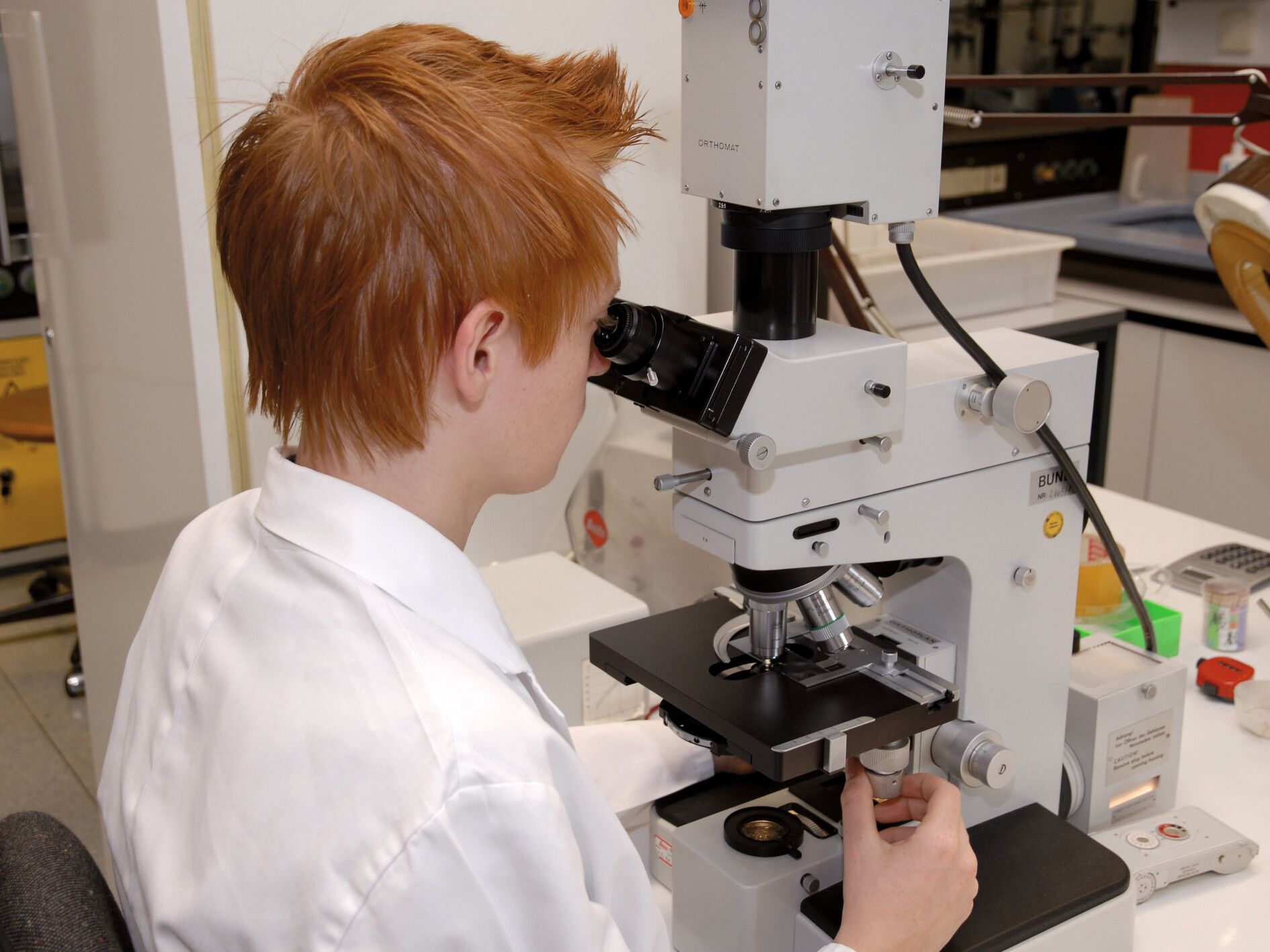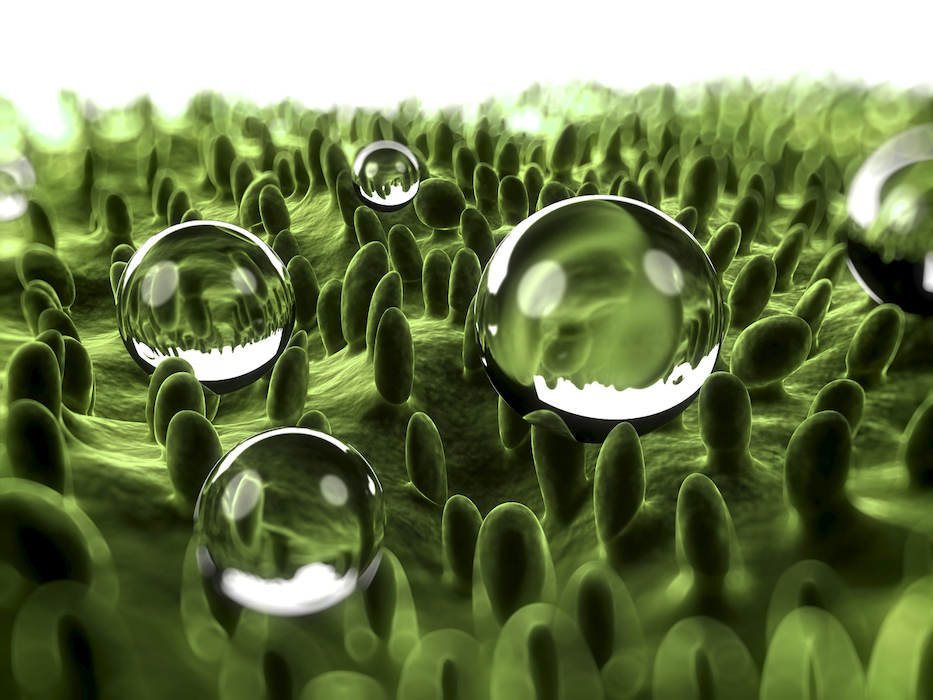Natural scientists are primarily involved in basic research. In turn, practice-oriented areas such as medicine, agriculture or technology build on this (see section 3.3.1 ‘Applied natural sciences’).
The natural sciences, which are primarily concerned with inanimate nature or matter, include physics, chemistry, geology and astronomy. Phenomena of animate nature or matter are investigated by the biological sciences: Biology, genetics, anthropology, physiology.
The most important auxiliary discipline for the natural sciences is mathematics. It deals with problems that can be represented by numbers and geometric figures and with the formal structures and systems derived from them. Mathematics and the natural sciences form the basis for the engineering sciences.
The methods used by natural scientists are observation, description, comparison, classification, summarisation and measurement. They develop hypotheses, models and theories from the data obtained in this way. The prerequisites for a STEM degree programme (mathematics, computer science, natural sciences and technology) are therefore logical thinking skills and a love of exploring and investigating. As the language of science is English, a good knowledge of the language is a prerequisite for a successful degree programme and is even required for admission at some universities.
Many universities offer preliminary courses in chemistry, maths, computer science or physics to give first-year students an insight into how things work during their studies and to close any gaps in their knowledge. The student counselling centres at the universities provide information about these courses.








